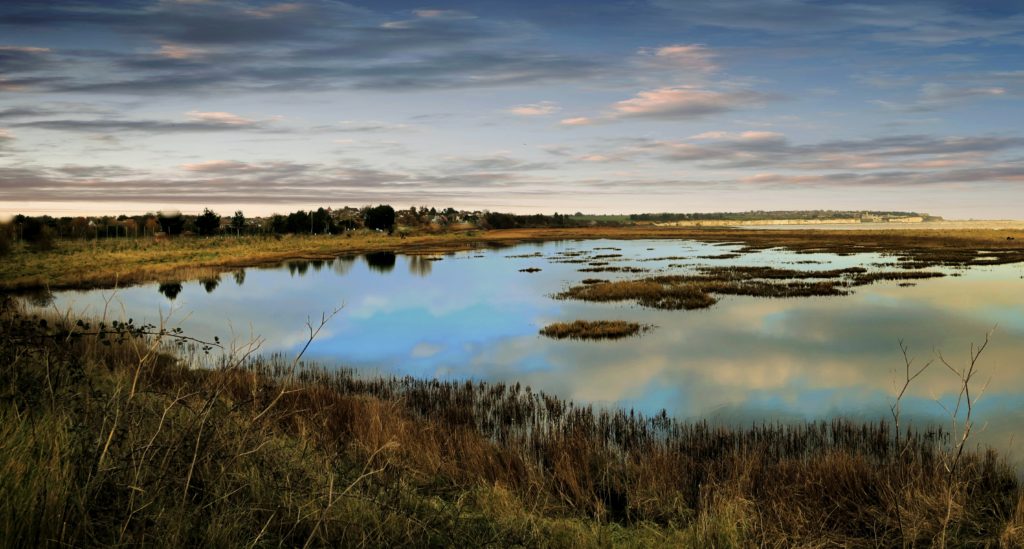Kent in Photographs by Bryan Phillips
We have the power.
Richborough in Kent is well-known for a number of reasons. One of these is its link to history and the Roman invasion. A large site of a Roman fort was discovered many years ago and it shows the evidence of underfloor heating along with structures that would have made a significant impact on anyone seeing the stronghold. Now run by English Heritage the fort still holds its magic with the feeling of treading on the very ground those Romans did so long ago.
Another less well known location, now confined to history is Richborough power station. Our power in the UK is generated by a number of facilities across the country and until a few years ago, Richborough added to this, providing a well needed balance to the southern end of the chain. Now that there are the undersea cable links to France and other providers, the older power stations are no longer required. Richborough was therefore demolished but the site remains as an interconnection across the National Grid.
The demolition was the subject of a local competition to select someone to push the button to start the process. This was won by a schoolboy but as the project was delayed he was left waiting for a while until he could claim his prize. The demolition of the towers was quite a talking point locally but the transformation of the site into a green energy supply link was enough for the clearance to be concluded. The image from Kent in Photographs shows a view before the demolition took place.
On the doorstep of the towers is Pegwell Bay, a coastal nature reserve. It is a peaceful haven and great spot for bird watching as well as hosting picnic sites and leisure walks for anyone visiting. It is a great example of nature reclaiming its land as the area was a former hovercraft landing site and once abandoned, the greenery returned and with the mudflats and saltmarsh being rich in potential food, many wading birds can be seen at various times throughout the year. Several artefacts from the recent past can still be found such as steps, bollards and cats eyes but the basic transformation is relatively complete. It is said to have been visited by Vincent Van Gogh who remarked "The ground we walked on was completely covered with large grey stones, chalk and shells...the sea, as calm as a pond, reflecting the delicate grey sky."
Pegwell is also the place where invaders have landed over centuries. Romans, Vikings and Christians are amongst the most notable latterly St Augustine in AD597 bringing Christianity to Britain for the first time. St Augustine also has a commemoration not far from the site in the form of a cross somewhat off the beaten track now with modern road incursions. Finally the area is able to show in its geology some of the history with ammonites found in the chalk which were alive some 80 million years ago, the area being at that time very much under water.
All the above are very much available for locals and travellers alike and within easy reach for anyone around the south east coast of Kent.
Bryan Phillips's new book Kent in Photographs is available for purchase now.



